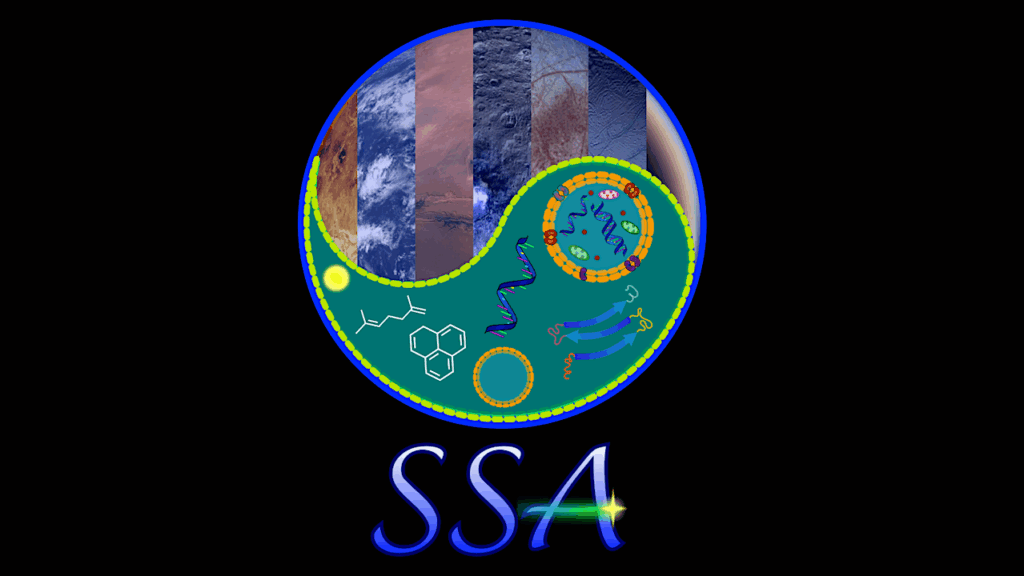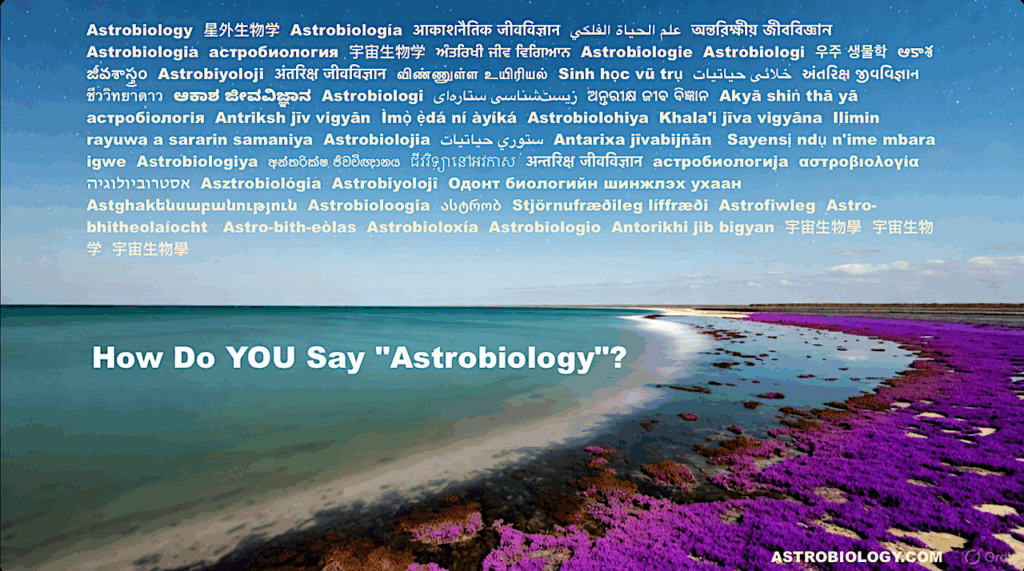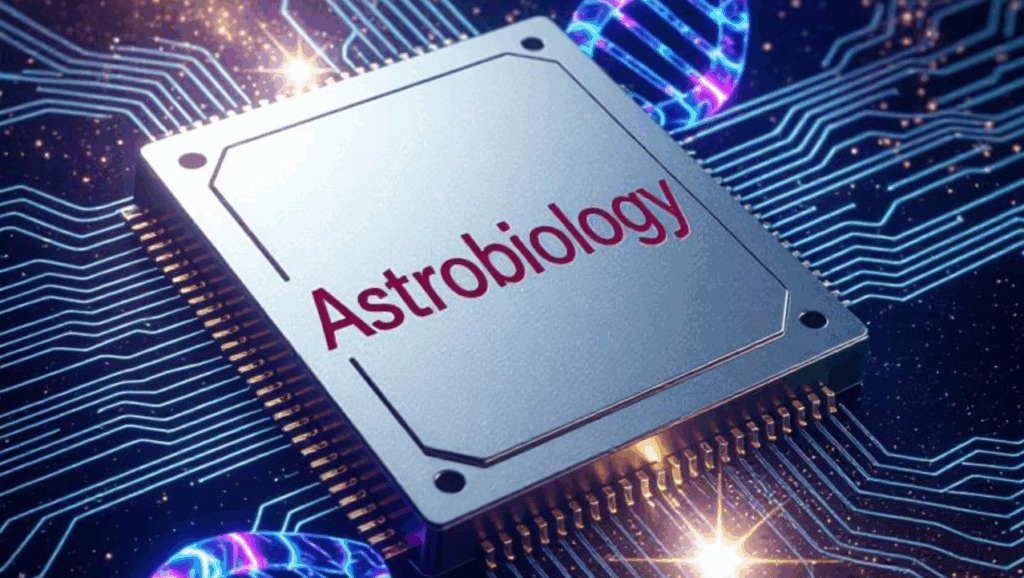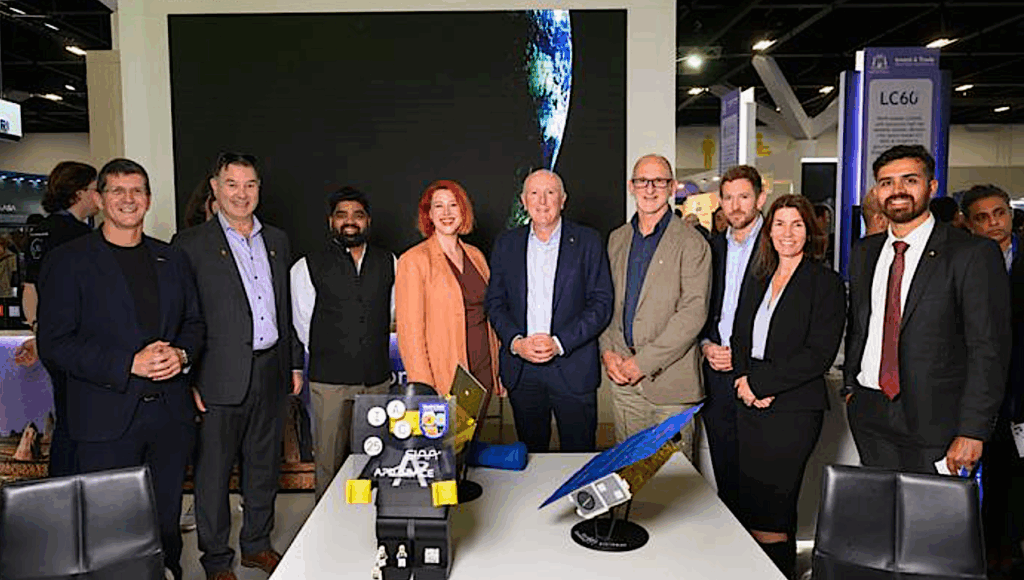SETI Pioneer Jill Tarter Awarded Fellows Medal by California Academy of Sciences

The SETI Institute announced today that the California Academy of Sciences has awarded its highest honor, the Fellows Medal, to Dr. Jill Tarter, SETI Institute co-founder and Bernard M. Oliver Chair Emerita for SETI at the SETI Institute, recognizing her pioneering contributions to the scientific search for life beyond Earth. Medalists are nominated by Academy Fellows and confirmed by the Board of Trustees.
“The Cal Academy Fellows Medal is a great honor that I am now fortunate to share with a group of extraordinary previous Medalists,” said Tarter. “Over the years it has been extremely rewarding for the SETI Institute to work with a number of Academy teams to improve public understanding and engagement in the enterprise of science for all.”
“I could not be happier for Jill in being recognized with this great honor from the Cal Academy of Sciences,” said Bill Diamond, SETI Institute CEO and President. “The Fellows Medal is awarded to prominent scientists recognized for their outstanding contributions to their specific fields of research and few people have had such a singular impact on the field of SETI and radio astronomy than Jill Tarter. As important as her scientific achievements have been, Jill has also inspired an entire generation of women scientists across multiple research disciplines and that is an equal source of Institute pride.”
The California Academy of Sciences noted Tarter’s pioneering work and leadership in SETI, particularly in establishing SETI as a field of research, co-founding the SETI Institute, and building the Allen Telescope Array (ATA). Also cited were Tarter’s contributions to education and public outreach, including the Voyages Through Time high school curriculum, inspired the character Ellie Arroway in Carl Sagan’s book and film, Contact, and collaborations with the Academy of Natural Sciences’ planetarium to develop engaging content for audiences. Tarter served as Academy Trustee (2006-2015) and President (2015-2016).
“The Academy Fellows are leaders in their fields and deeply important to our mission to regenerate the natural world through science, learning, and collaboration, ” said Academy Dean of Science and Research Collections Shannon Bennett, PhD. “This year we are excited to appoint twelve new Academy Fellows, all incredibly accomplished as scientists, educators, and change makers. We need each other now more than ever, even as our country moves further away from science-based solutions and investments in science in the face of the dual planetary crises of climate change and biodiversity loss. Our Fellows Medalists, Jill Tarter and Patrick Kirch, as well as our Distinguished Service Awardee Roberta Ayres, truly exemplify the power of weaving science, education, and collaboration to have positive impact for the planet and people.”
The ATA, the SETI Institute’s world-class 42-dish radio telescope array located at the Hat Creek Radio Observatory in Northern California, was and remains the first observatory designed and built specifically for SETI research and would not exist without Tarter’s visionary leadership. Tarter also led the groundbreaking Project Phoenix, the world’s most sensitive and comprehensive search for extraterrestrial intelligence conducted up until approximately 2015. At the Parkes Observatory in Australia, Project Phoenix observed approximately 200 stars that are not visible to northern hemisphere telescopes. In addition to observations from Parkes, Project Phoenix conducted observations from the Green Bank Observatory in West Virginia and the Arecibo Observatory in Puerto Rico.
After graduating from Cornell University, Tarter earned her PhD in Astronomy at UC Berkeley. She led SETI efforts at UC Berkeley and NASA before co-founding the SETI Institute in 1984. Her honors include the Lifetime Achievement Award from Women in Aerospace, two NASA Public Service Medals, the 2009 TED Prize, and listings in Time’s 100 Most Influential People and 25 Most Influential People. Tarter has an asteroid, 74824 Tarter, named in her honor.
Tarter continues to serve on the SETI Institute’s Board of Directors and Science Advisory Board. In 2024, she received the SETI Institute’s inaugural Tarter Award for Innovation in the Search for Life Beyond Earth. The award recognizes individuals whose projects or ideas significantly advance humanity’s search for extraterrestrial life and intelligence. The Tarter Award honors contributions across science, technology, education, art, philosophy, law and ethics that support SETI’s mission to search for life and intelligence beyond Earth.
About the SETI Institute
Founded in 1984, the SETI Institute is a non-profit, multi-disciplinary research and education organization whose mission is to lead humanity’s quest to understand the origins and prevalence of life and intelligence in the universe and to share that knowledge with the world. Our research encompasses the physical and biological sciences and leverages expertise in data analytics, machine learning and advanced signal detection technologies. The SETI Institute is a distinguished research partner for industry, academia and government agencies, including NASA and NSF.
Contact information
Rebecca McDonald
Director of Communications
SETI Institute
[email protected]
Astrobiology, SETI,








